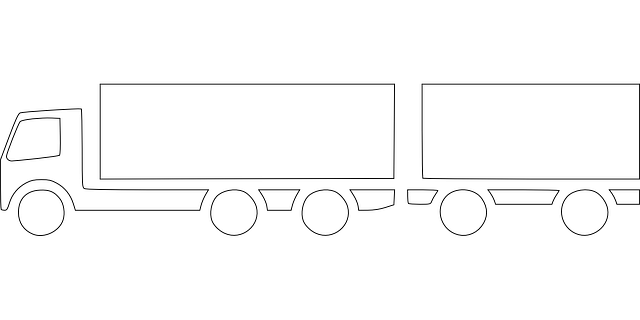Cargo liability insurance is a crucial protection tool for businesses in international trade, safeguarding against financial losses from goods damage or loss during transit. It covers incidents like accidents, natural disasters, theft, and handling errors, but excludes perishable or hazardous materials unless endorsed. Coverage limits vary widely, so businesses must scrutinize them to ensure adequate protection matching their goods' risk and value. Key factors influencing coverage include cargo type and transport mode, requiring customization to meet unique operational needs. To maximize protection, carefully assess risks, select appropriate liability limits, consider additional options, and engage professionals. Understanding rights and responsibilities under the policy is vital for navigating claims, emphasizing prompt reporting, full cooperation, and knowledge of coverage details.
In today’s intricate logistics landscape, understanding cargo liability insurance is paramount for businesses. This essential coverage protects against financial losses stemming from damage or loss during transit. However, navigating the nuances of policy limits and coverage options can be challenging. This article guides you through the key aspects of cargo liability insurance, including what it covers and potential limitations. We explore factors influencing business choices, strategies to maximize protection, and the rights and responsibilities involved in claims management.
Understanding Cargo Liability Insurance: What It Covers and Limits

Cargo liability insurance is a critical component of managing risks for businesses involved in international trade. This type of insurance protects against financial losses arising from damage or loss of goods during transit. Understanding what it covers and its limits is essential for any company looking to mitigate potential liabilities.
The policy typically covers a wide range of incidents, including accidents, natural disasters, theft, and damage caused by handling errors. However, there are specific limitations. For instance, many policies exclude perishable or hazardous materials unless special endorsements are added. The coverage limits vary significantly between providers, with some offering up to $1 million in protection while others provide lower amounts. Businesses should carefully review these limits to ensure they align with the potential risks and value of their goods being transported.
Factors Affecting Liability Coverage Options for Businesses

Several factors play a pivotal role in shaping the liability coverage options available to businesses, especially those involved in transportation and logistics. One of the primary considerations is the type of cargo handled. Different goods carry varying levels of risk; for instance, perishable items or hazardous materials require specialized insurance due to their potential for causing significant damage if not handled correctly. The value and nature of the cargo significantly impact the coverage needed, dictating the extent of protection required against loss or damage during transit.
Another critical aspect is the mode of transportation. Land, air, or sea freight each presents unique challenges, leading to distinct insurance requirements. Cargo liability insurance, for example, is essential for shippers and carriers to protect against financial losses resulting from accidents, delays, or cargo damage during transport. Understanding these factors enables businesses to tailor their coverage, ensuring they have the right protection for their specific operations.
Strategies to Maximize Protection: Customizing Your Policy

To maximize protection, businesses should carefully customize their cargo liability insurance policies. This involves assessing specific risks associated with your operations, such as the types and values of goods transported, route conditions, and potential hazards. By understanding these factors, you can tailor coverage to address unique vulnerabilities, ensuring that your policy offers adequate protection against financial loss in case of accidents or damages.
Customizing your policy means selecting appropriate limits for liability, considering different coverage options like load security, cargo theft, and weather damage. It’s also crucial to review exclusions and understand what’s not covered under your policy. Engaging with insurance professionals who specialize in cargo liability insurance can help navigate these complexities, ensuring that your policy aligns with your business needs and legal obligations.
Navigating Claims: Rights and Responsibilities of Insured Parties

When it comes to navigating claims under cargo liability insurance, understanding your rights and responsibilities is paramount for insured parties. This includes promptly reporting any incidents or losses involving the shipment to the insurance provider, as delays can impact claim processing. Insured individuals must also cooperate fully with investigations, providing all necessary documentation and access to relevant information.
Knowledge of one’s coverage options and liability limits is crucial in this process. Policyholders should be aware of what is covered under their cargo liability insurance and any exclusions or deductibles that may apply. This proactive understanding enables them to make informed decisions and ensure they receive the appropriate compensation for any eligible claims.
Understanding cargo liability insurance, its covers, limits, and navigating claims is crucial for businesses to make informed decisions about their protection. By customizing policies based on specific needs and staying aware of coverage options, companies can maximize their safety net against potential losses. Remember that knowledge is power when it comes to managing risks associated with cargo transportation.
